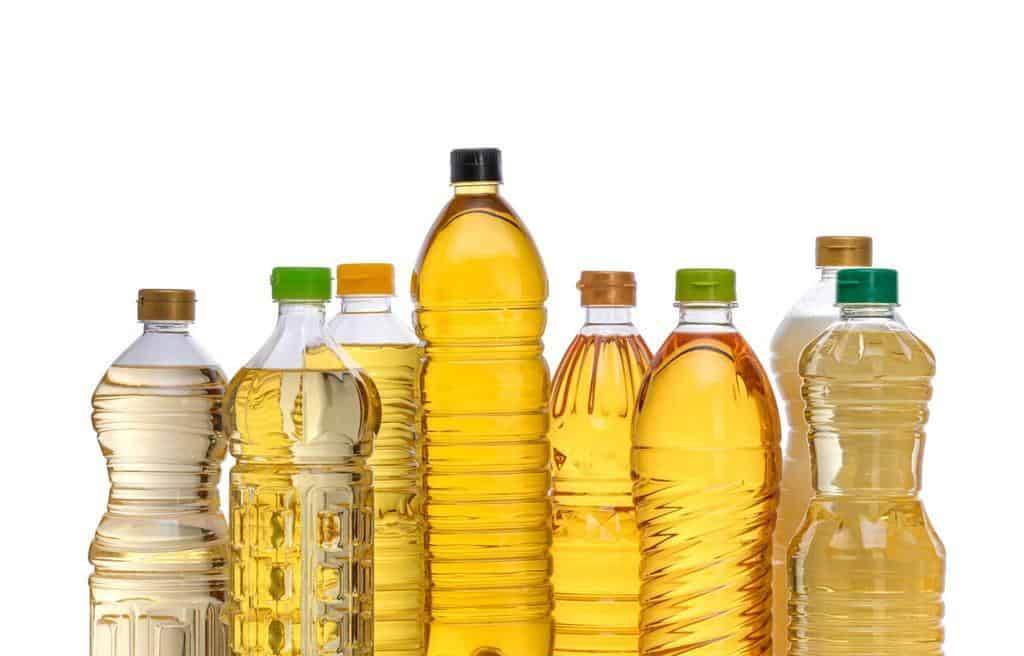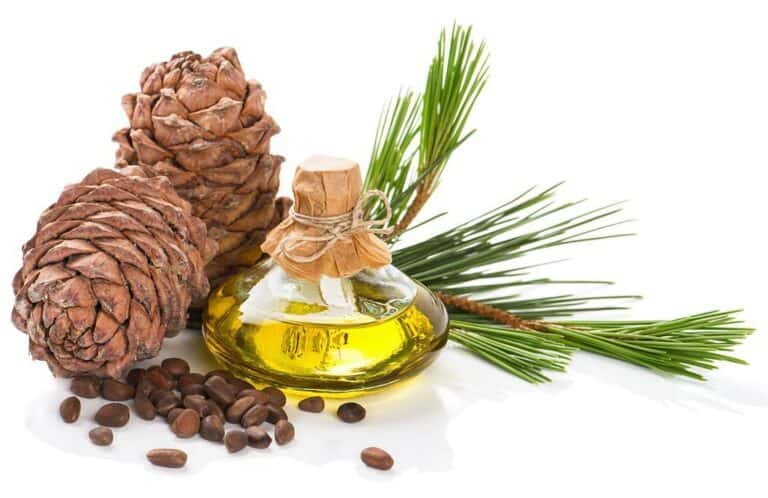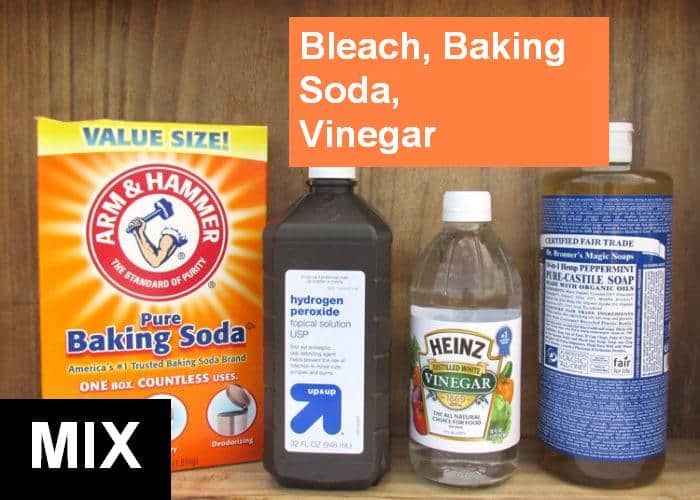Vegetable Oil Boiling Point: Which Cooking Oil Has the Highest Smoke Point?

Understanding the smoke point of vegetable oils is important because different oils have different smoke points, and this can impact the quality and safety of your food.
Some oils are better suited for high heat cooking methods like frying, while others are better for low heat cooking methods like dressings or dips. Finding the right oil for the job is crucial to ensure that your food turns out perfectly every time.
Are you tired of constantly having to replace your cooking oil because it reaches its smoke point before boiling? If so, then it’s time to switch to an oil with a higher smoke point.
In this article, we explore the boiling points of popular vegetable oils and reveal which oil has the highest smoke point for all your high-heat cooking needs. From the versatile avocado oil to the neutral-tasting sunflower oil, we’ve got you covered.
Say goodbye to burned oil and hello to perfectly cooked meals every time!
Vegetable Oil Basic
Vegetable oil is an important part of many people’s kitchens. It is used for frying, baking, and sautéing, among other things. People like it better than animal fats like butter and lard because they think it is healthier and can be used in more ways when cooking.
Vegetable oils have a lot of unsaturated fats, which are good for your heart if you don’t eat too much of them. Consuming large amounts of vegetable oils high in Omega-6 fatty acids, on the other hand, can increase inflammation in the body and contribute to certain health problems.
Vegetable oils can also be used for industrial purposes, such as in the production of biofuels, cosmetics, and personal care products. Some vegetable oils, like coconut oil, can also be used as natural remedies for skin and hair care.
In terms of preparation, vegetable oil is typically ready to use straight from the bottle and does not require any special preparation. It can be stored in a cool, dark place for several months without going rancid, but it is best to check the expiration date on the bottle to ensure freshness.
Vegetable Oil Boiling Point
The boiling point of a substance is the temperature at which it changes from a liquid state to a gaseous state. It is a critical physical property that determines how a substance behaves and interacts with other substances.
The boiling point of vegetable oil depends on the specific type of oil, but in general, most vegetable oils have a boiling point of around 300–400 °F. It is important not to overheat vegetable oil, as this can lead to the release of harmful compounds and a decrease in the oil’s overall quality.
Explanation of Smoke Point and Its Importance
Smoke point refers to the temperature at which oil begins to break down and produce smoke. This breakdown not only affects the flavor and quality of the food being cooked but can also release harmful compounds into the air.
Higher smoke point oils are better for high heat cooking methods like stir-frying, whereas lower smoke point oils are better for low heat cooking methods like dressings or dipping.
Vegetable oil is widely used in cooking as it has a high smoke point, meaning it can be heated to a high temperature before it begins to break down and produce harmful smoke.
For frying and other high-heat cooking techniques, this makes it perfect. The smoke point varies depending on the type of vegetable oil, with some oils having a higher smoke point than others. For example, refined oils such as corn, soybean, and canola have a higher smoke point compared to unrefined oils like olive oil.
Factors That Affect the Smoke Point of Vegetable Oil
The smoke point of an oil can also change based on factors such as refining, oxidation, and the presence of impurities. This is why it is important to choose the right type of vegetable oil for cooking based on its smoke point.
Refining
The refining process removes impurities from oil, which can increase its smoke point. Refined oils typically have a higher smoke point than unrefined oils.
Oxidation
When oil is exposed to air and light, it oxidizes, which can make its smoke point go down. Because of oxidation, oil that has been stored for a long time or used repeatedly for cooking may have a lower smoke point.
Impurities
Impurities such as food particles, dust, or other substances can reduce the smoke point of oil. It is important to keep oil clean and store it properly to maintain its smoke point.
How to Determine the Smoke Point of Vegetable Oil
There are a few methods to determine the smoke point of vegetable oil, and these include:
Laboratory Testing
This is the most accurate method for determining the smoke point of vegetable oil. In a lab, a sample of oil is heated in a controlled setting, and the temperature at which it starts to smoke is written down. Oil companies and testing facilities often use this method to figure out the smoke point of their products.
Cooking Test
This method involves heating a small amount of oil in a pan until it begins to smoke. The temperature at which the oil smokes can be determined with a cooking thermometer. But this method isn’t always as accurate as testing in a lab because the heat source and other things can change the results.
Online Sources
There are various online sources that provide information on the smoke points of different types of vegetable oils. But it’s important to remember that these numbers can be different depending on where they come from and may not be as accurate as lab tests.
Common Vegetable Oils and their Smoke Points

1. Canola Oil
Canola oil is derived from the seeds of the canola plant and is a popular choice for cooking due to its neutral flavor and high smoke point of 400 °F. This makes it a good choice for cooking with high heat, like frying or sautéing.
2. Olive Oil
Olive oil comes from the olive tree’s fruit and is used a lot in Mediterranean food. It has a lower smoke point compared to other vegetable oils, with an average smoke point of around 375°F. This makes it better suited for low-heat cooking methods such as dressings or dips.
3. Peanut Oil
Peanut oil is extracted from peanuts and has a high smoke point of around 450 °F. This makes it a popular choice for deep frying and stir-frying. It has a distinct nutty flavor that can enhance the flavor of food.
4. Safflower Oil
Safflower oil is derived from the seeds of the safflower plant and has a high smoke point of around 450 °F. It is a versatile oil that can be used for high heat cooking methods as well as for salad dressings and marinades.
5. Sunflower Oil
Sunflower oil is derived from the seeds of the sunflower plant and has a smoke point of around 440 °F. It is a neutral flavored oil that is commonly used for frying and baking.
6. Avocado Oil
Avocado oil is a type of vegetable oil made from the flesh of avocados. It is becoming more popular because people think it is good for their health and they can use it in many different ways in the kitchen.
The smoke point of avocado oil is relatively high, around 520°F, which makes it suitable for high-heat cooking methods like frying and sautéing.
7. Vegetable Oil
Vegetable oil is a generic term used to describe a blend of oils that are derived from various plants. The smoke point of vegetable oil can vary depending on the blend of oils used, but it typically has a smoke point of around 400°F.
It is important to note that the smoke point of vegetable oils can vary based on factors such as refining, oxidation, and the presence of impurities. It is also important to consider the intended use of the oil when selecting the right type of oil based on its smoke point.
Which Cooking Oil Has the Highest Smoke Point?
Avocado oil has the highest smoke point of all plant-based cooking oils, at 510 to 520°F. This high smoke point makes it a great choice for high-heat cooking methods like frying and sautéing, as it allows the oil to retain its flavor and healthy properties even under high heat.
Coconut oil has a smoke point of around 350°F and is best suited for low-heat cooking methods like baking and sautéing. Grapeseed oil has a smoke point of around 420 °F and is well-suited for frying and high-heat cooking methods. Sunflower oil has a smoke point of around 440 °F and is commonly used for deep-frying and high-heat cooking.
Refined vegetable oil, which is a blend of various oils, has a smoke point of around 468°F and is a popular choice for deep-frying and other high-heat cooking methods.






